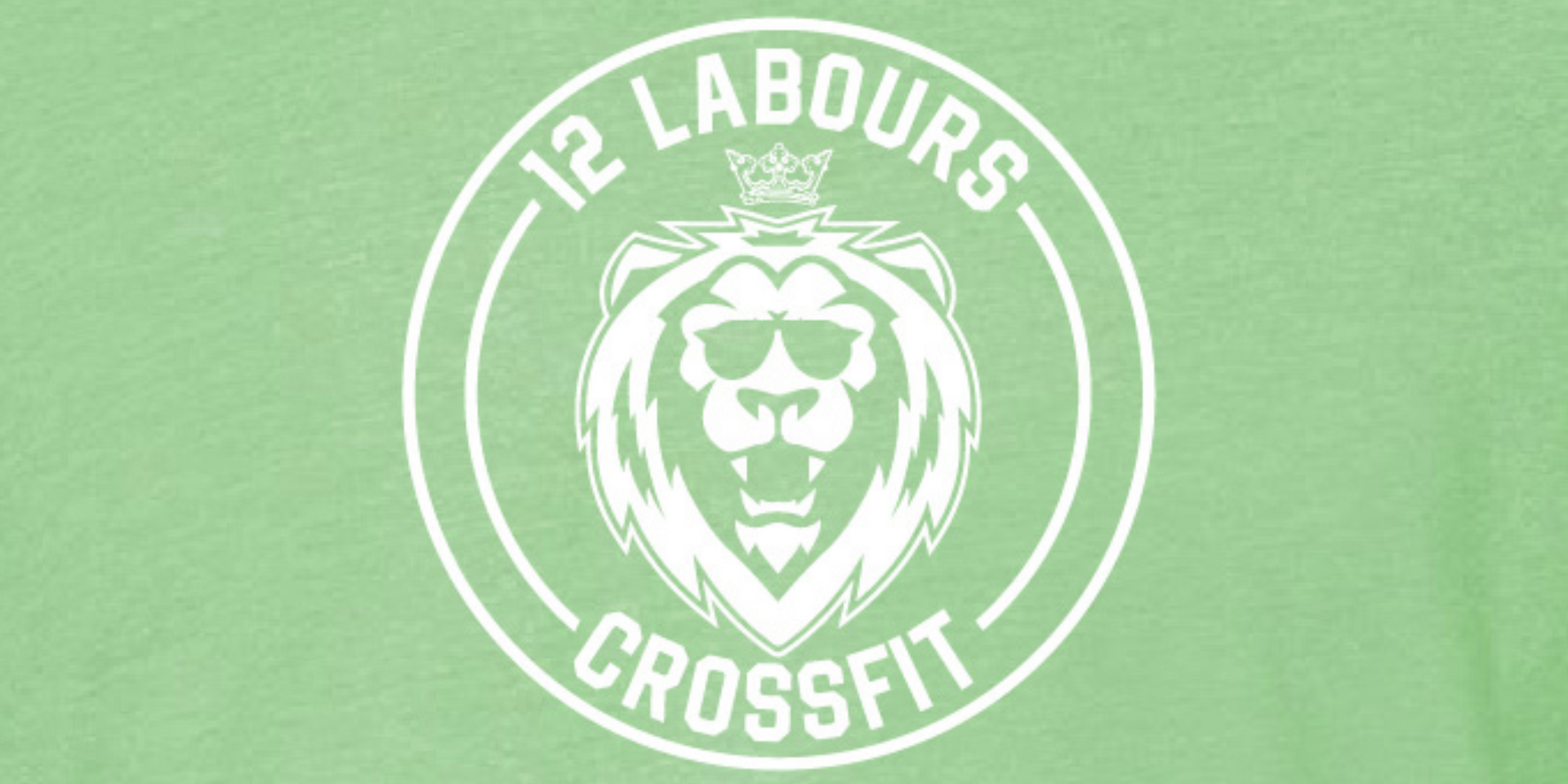How-To: Gymnastics Grips
How-To: Gymnastics Grips
We have gone over this in a newsletter before, but the topic of gymnastics grips is always a hot topic, especially around Murph time. So let us dive into this and explain the different types, the goals, and some tips on how to get better usage out of the gymnastics grip.
Let us start by understanding that there are two different types of grips, hand protection, and grip enhancement. They both have their uses, but in my opinion the grip enhancement is far superior, especially for the type of stuff we are doing.
Hand Protection grips are really more like gloves than anything else. They protect the palm of the hand, but offer nothing in terms of grip enhancement, and in most cases actually make it more difficult to hold onto the bar. The main goal of this post is to understand the difference, and make sure we are sizing/utilizing our grips to offer hand protection AND grip enhancement.
There are a million different styles of grips out there, and we can't go over them all, but these principles will apply to any style of grip you choose. We will break this down into 3 parts, sizing/placement, utilizing the fold and/or friction, and hand position on the bar. Let's go.
Sizing
A proper gymnastics grip should be large, and at least extend to the last knuckle of the fingers.
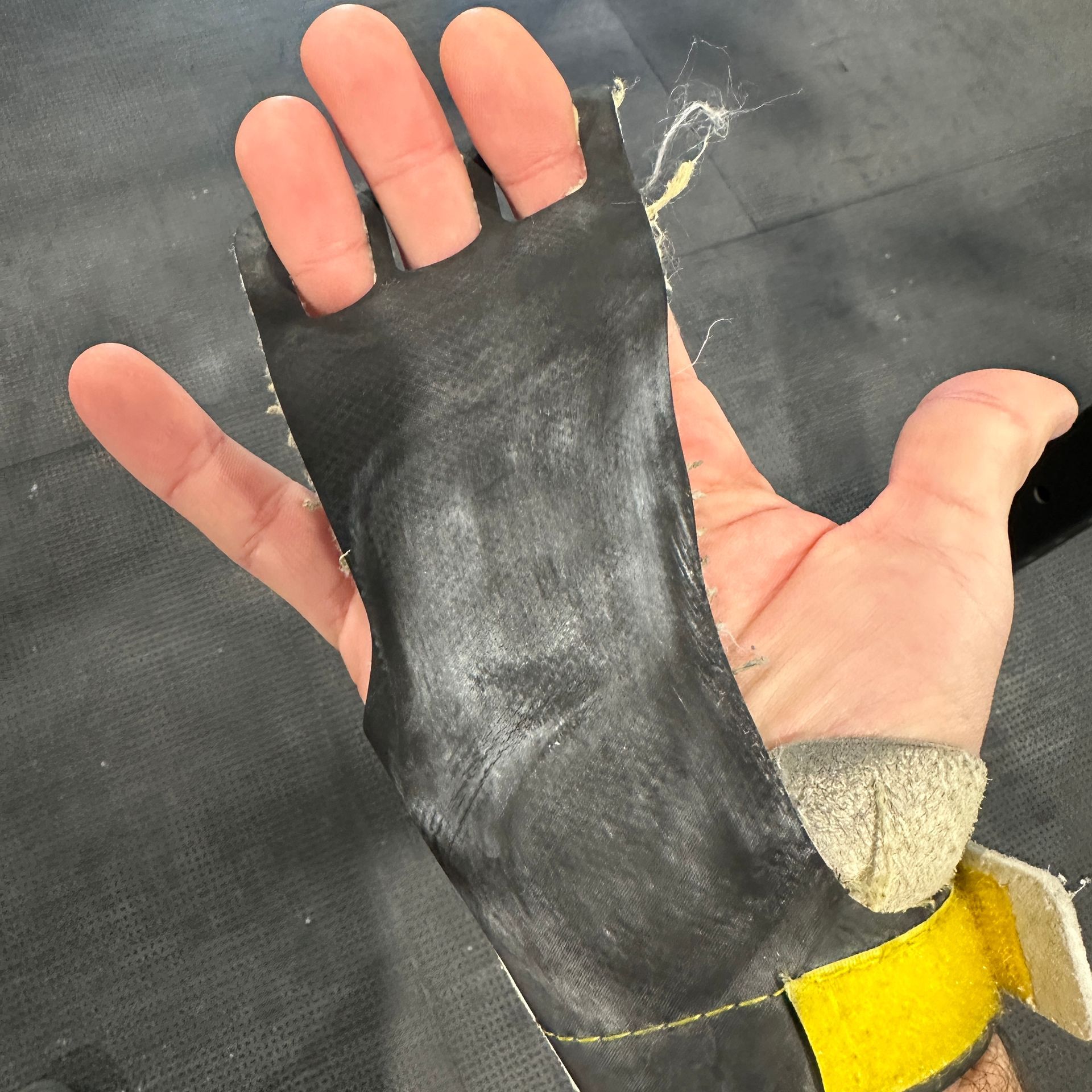
If the grip is too small, and does not extend to the last knuckle, then it turns into a hand protection tool, and not a grip enhancement tool. We need to have that extra length in order to properly use this thing. Notice how the wrist strap is just below the base of the hand, and even this grip is a little short for my hands (I washed them in the washing machine and they shrunk a bit). So in summary, this isn't a bad size for me, but a little more length here would make these even better.
Utilizing the fold/friction
Now that we have the correct length of grip, we can talk about how we want to use this tool on the pull-up bar. It is simply a test of friction here, we want as much of that grip wrapped circumferentially around the pull-up bar. Science.
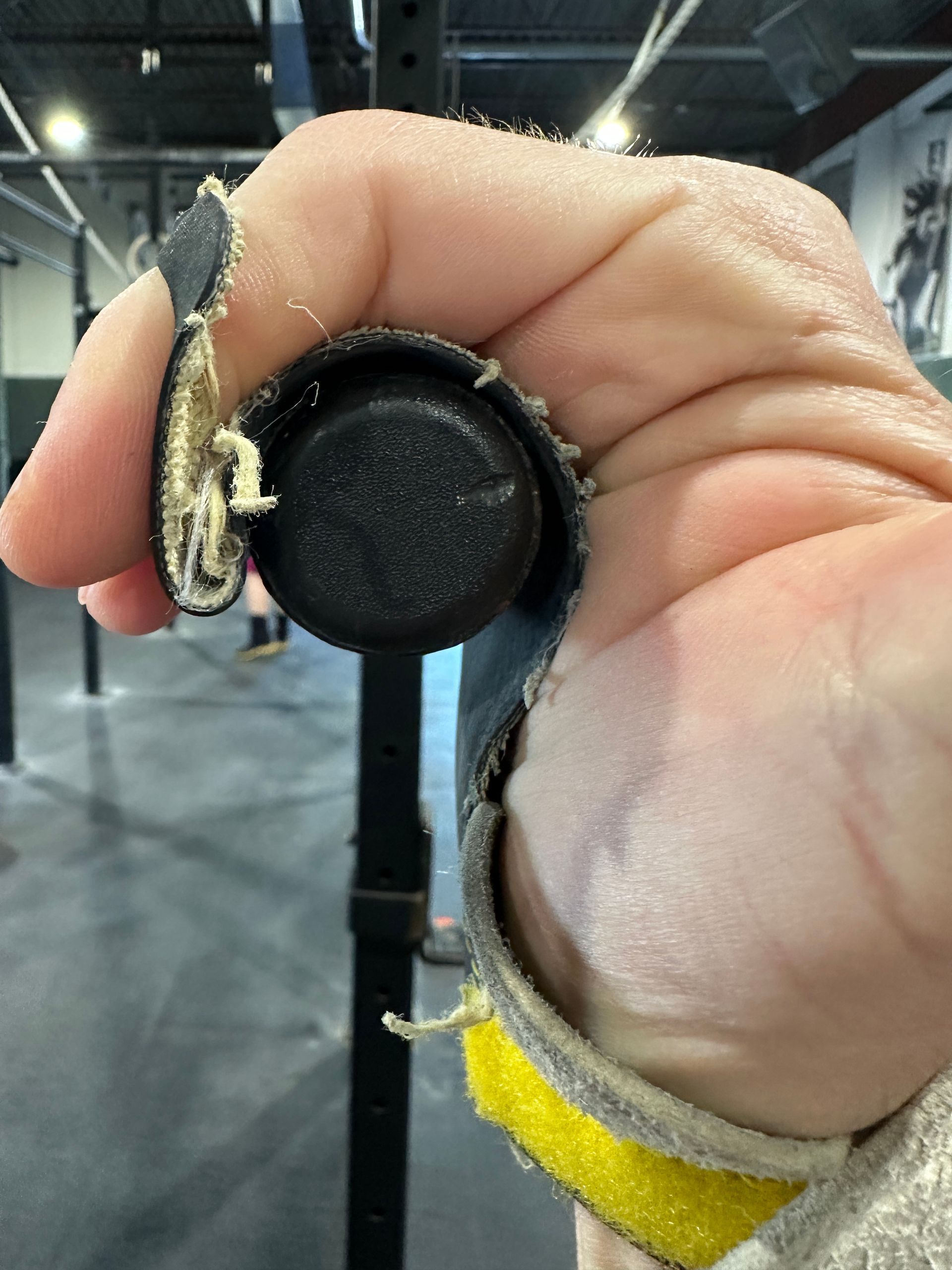
Notice how the grip is long enough to wrap around at least half of the circumference of the bar, that gives us more surface area on the bar to allow friction to do its job. If the grip was even longer, like I talked about above, I could wrap even more of that bar up with the grip, delivering even more friction thus better grip enhancement. If the grip is too small, or if we just place the grip onto the pull-up bar incorrectly, it still might deliver some help, but not nearly as much as the above picture. See below for an example of an improper placement of the grip.
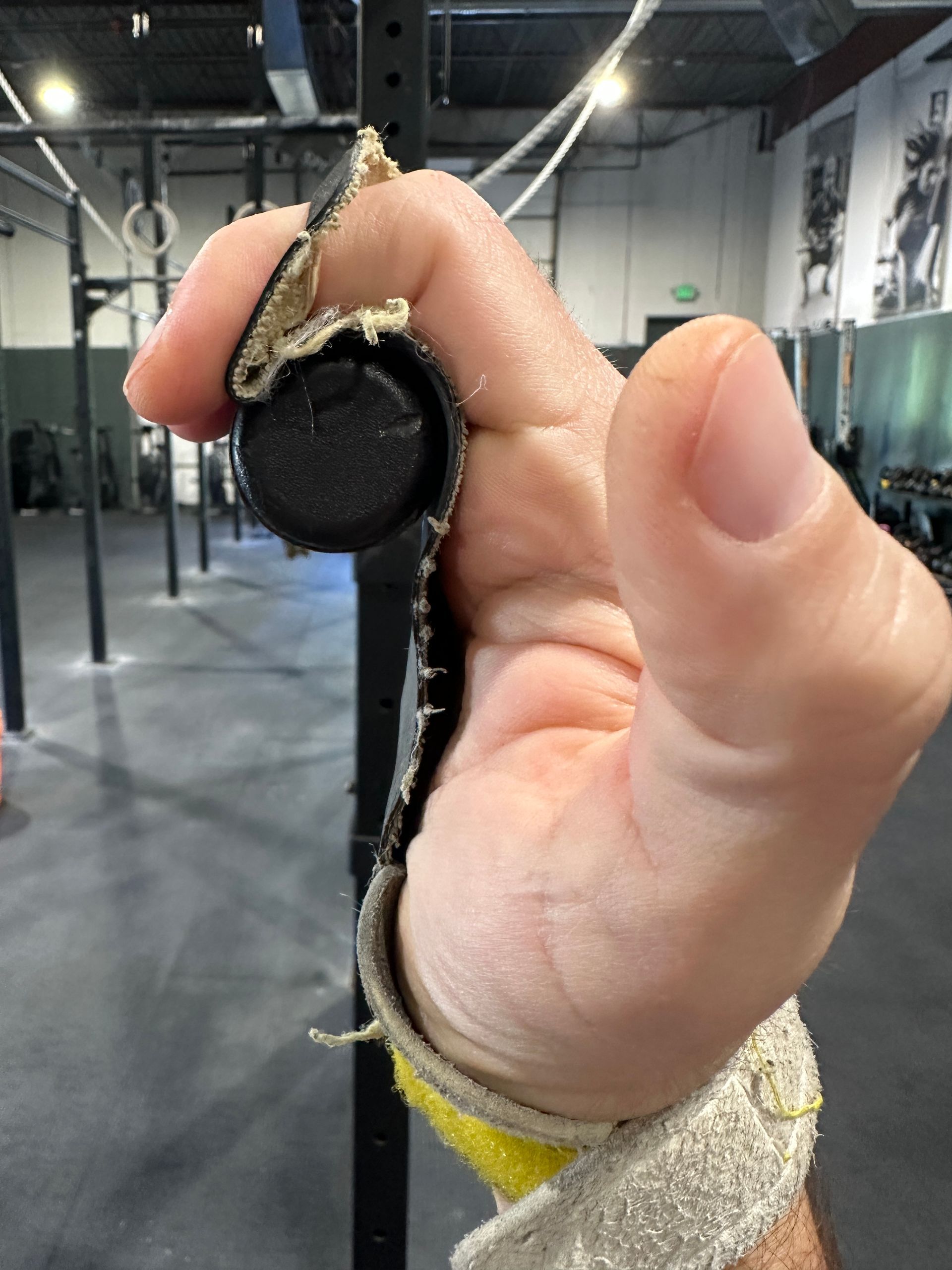
Again, the above picture will offer some help, but that small difference in how much grip is around the bar makes all the difference in the world.
Now let's talk about that fold, and why that thing is so important. This is a repeat picture below, but it shows that fold really well. My entire focus when getting on the pull-up bar is making sure I wrap that grip up around the bar, and now that I have this setup, all I am doing is trying to press that fold into the bar with my fingers. When I mix that pressure with the pressure on the rest of the grip from my hand/bodyweight, I am forcing a ton of friction onto that bar. That friction is what makes this grip enhancement, it shifts a lot of that weight down the grip and through the strap at the wrist, rather than relying on my muscles closing my hand on the pull-up bar.
Once this phenomenon is felt, you will know. It feels like you are quite literally stuck on the bar, with pressure tugging at the strap around the wrist.
The second picture is just an example of fingerless grips, which seem to be very popular these days. I still prefer the ones with finger holes, for the simple fact that I believe the fold offers an added amount of pressure on the bar. Regardless of whether you prefer the old school ones or the new fingerless ones, the principles remain the same. Notice in the second picture how we are still focusing on wrapping as much of that grip as possible around the pull-up bar, and yes you guessed the reason. Friction and Science.

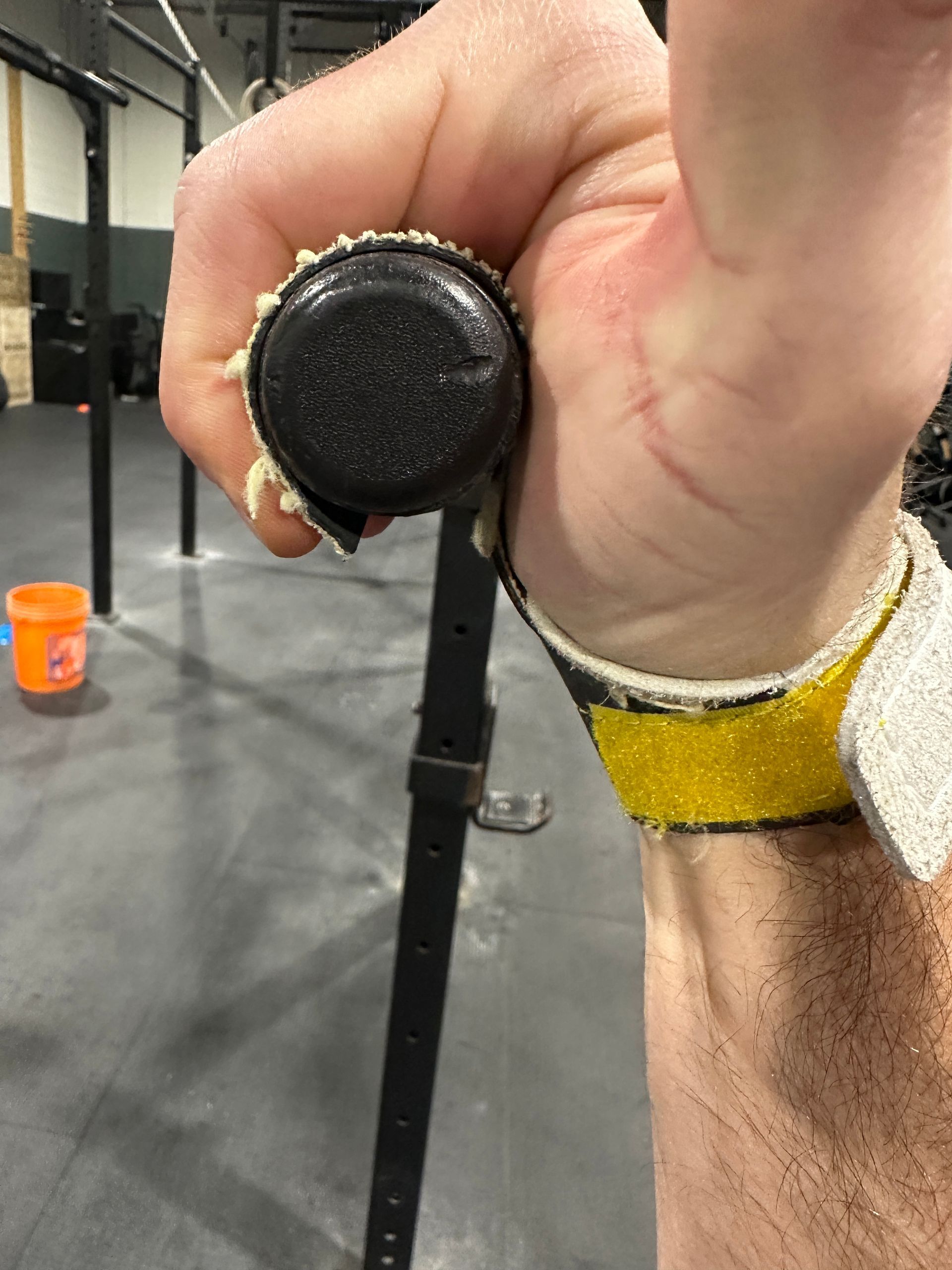
Those are the two main issues I see with the use of gymnastics grips, but there is one more thing to talk about anytime we talk about the pull-up bar and that is our hand position. This is not just a gymnastics grips conversation now, but a gymnastics principle discussion, whether you use grips or not.
Knuckle position on the pull-up bar is everything. When talking about grips, this position gives us better leverage into the grip, and when talking about pull-ups/C2B pull-ups it starts me off closer to the bar thus decreasing distance I need to travel. And finally, for muscle-ups and bar muscle-ups it sets me up for my transition into the dip a lot better. This is something I urge everyone in my classes to implement into their gymnastics, as it instantly improves all those movements, as well as making their grips work better. First picture, no good...I want to try and get my knuckles on top of the bar like the second picture.
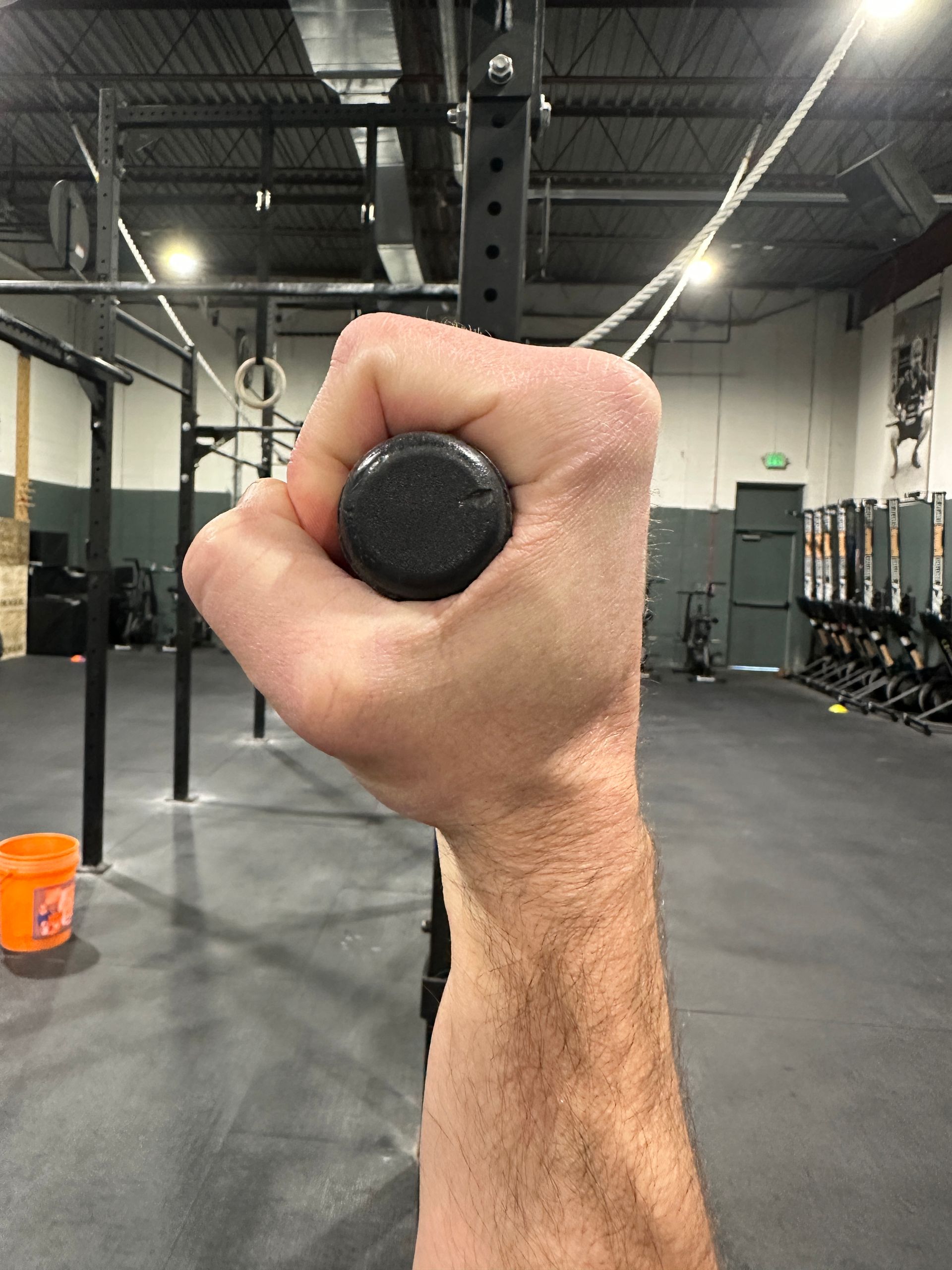
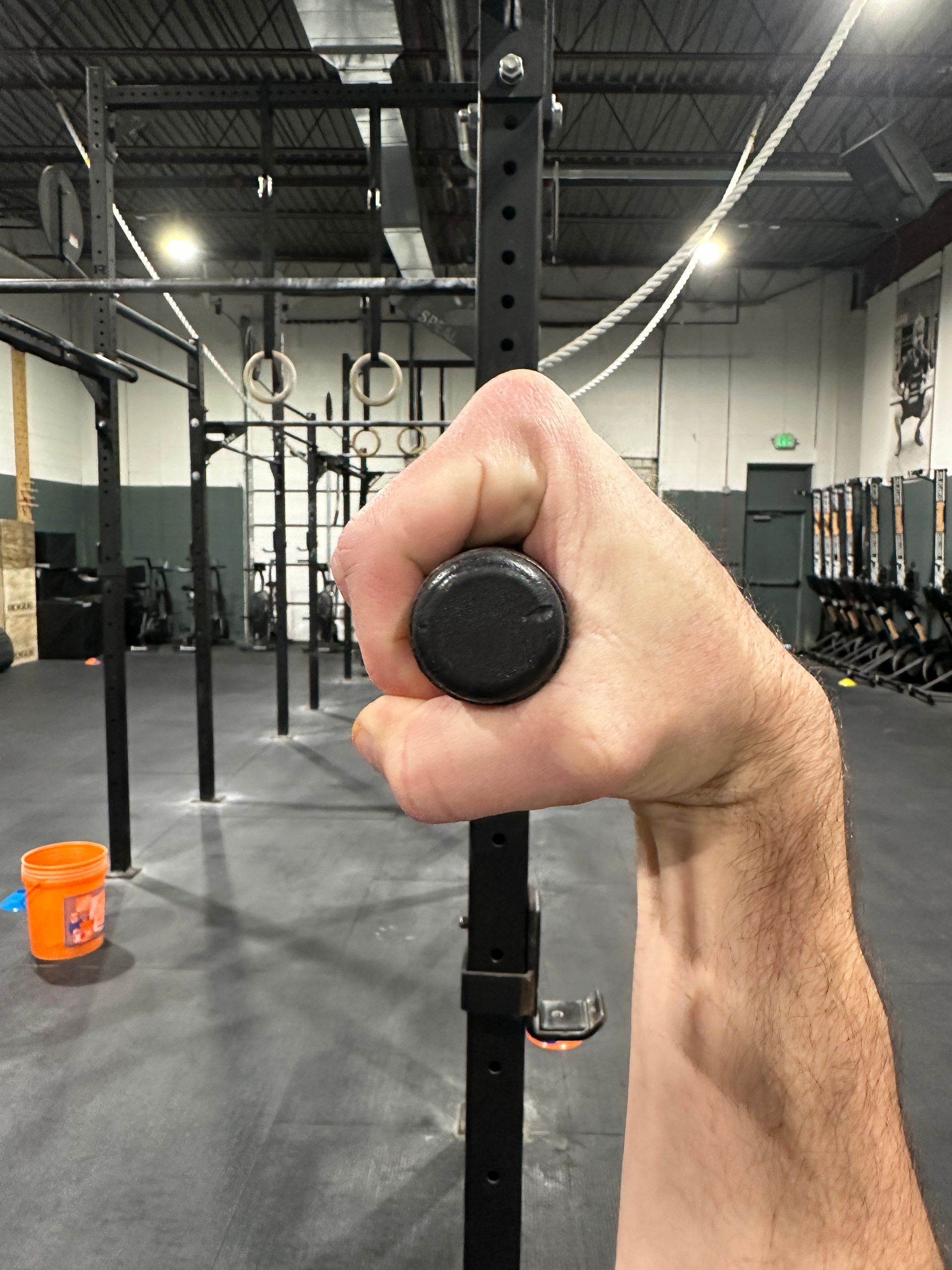
This is not an easy thing to do, and it takes some time and strength to build it up. That being said, it should absolutely be a focus of your gymnastics training. The bonus here, is if you use this technique while utilizing a proper sized gymnastics grip, they will work even better because you can deliver more pressure to that fold on the underside of the pull-up bar. That is a win/win.
I will leave you with one final piece of advice on the gymnastics grip, and that is my preference of brand. There are a bunch of them out there, and even every brand has a bunch of different material choices. Use what works for you, but I like the Victory Grip, 3 finger, tactical grip. Not sure why it is called a tactical grip as I haven't cleared any buildings or ran any ambushes while wearing them but whatever, it sounds cool I guess.
Reasons that I like the Victory Grips brand. They understand how a grip works and generally size them correctly, even though I still would size up one size to get that extra length. The tactical material doesn't require any chalk, they are sticky and provide a ton of grip on any type of pull-up bar. And finally the wrist wraps are made entirely of a fabric material. Meaning there is no metal clasp that the strap runs through.
Let's face it, when we train, we usually do more than just pull-ups, there may be push-ups, front squats, burpees, etc. Going down into a burpee with a metal clasp on your wrist strap can be very uncomfortable. That fabric hole for the strap has some give and is much more comfortable. See image below for a better idea of what I am talking about.

I hope this article was helpful when trying to understand the gymnastics grip. Try them out, use the principles above, and talk to a coach if you have questions. Get good with these things and you should never tear again, and should be able to hold onto that pull-up bar longer and hit bigger sets of gymnastics.
Get after it and see you at the dojo!
MORE RECENT POSTS

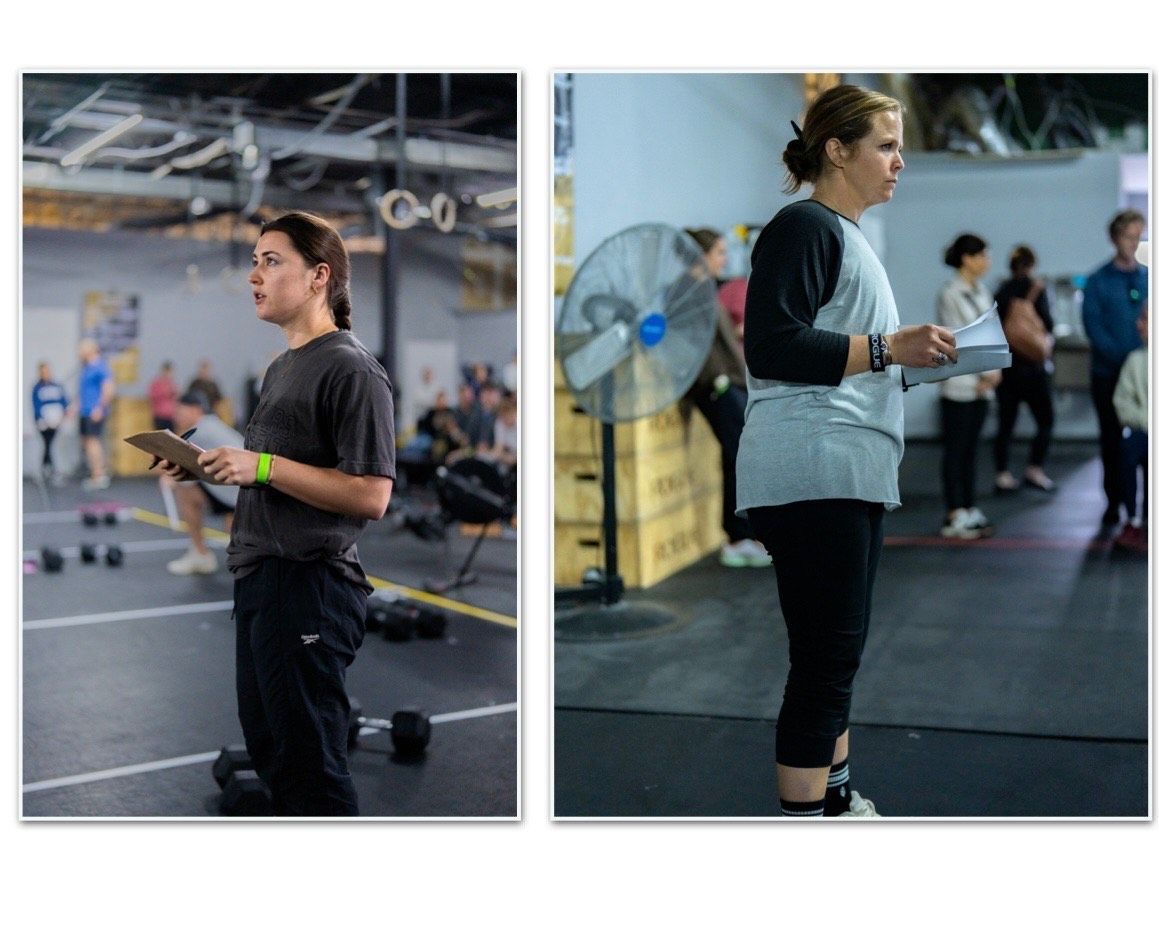
you can ACHIEVE your goals with us
CrossFit is meant for all levels of fitness, and our universally scalable model is built for you.

